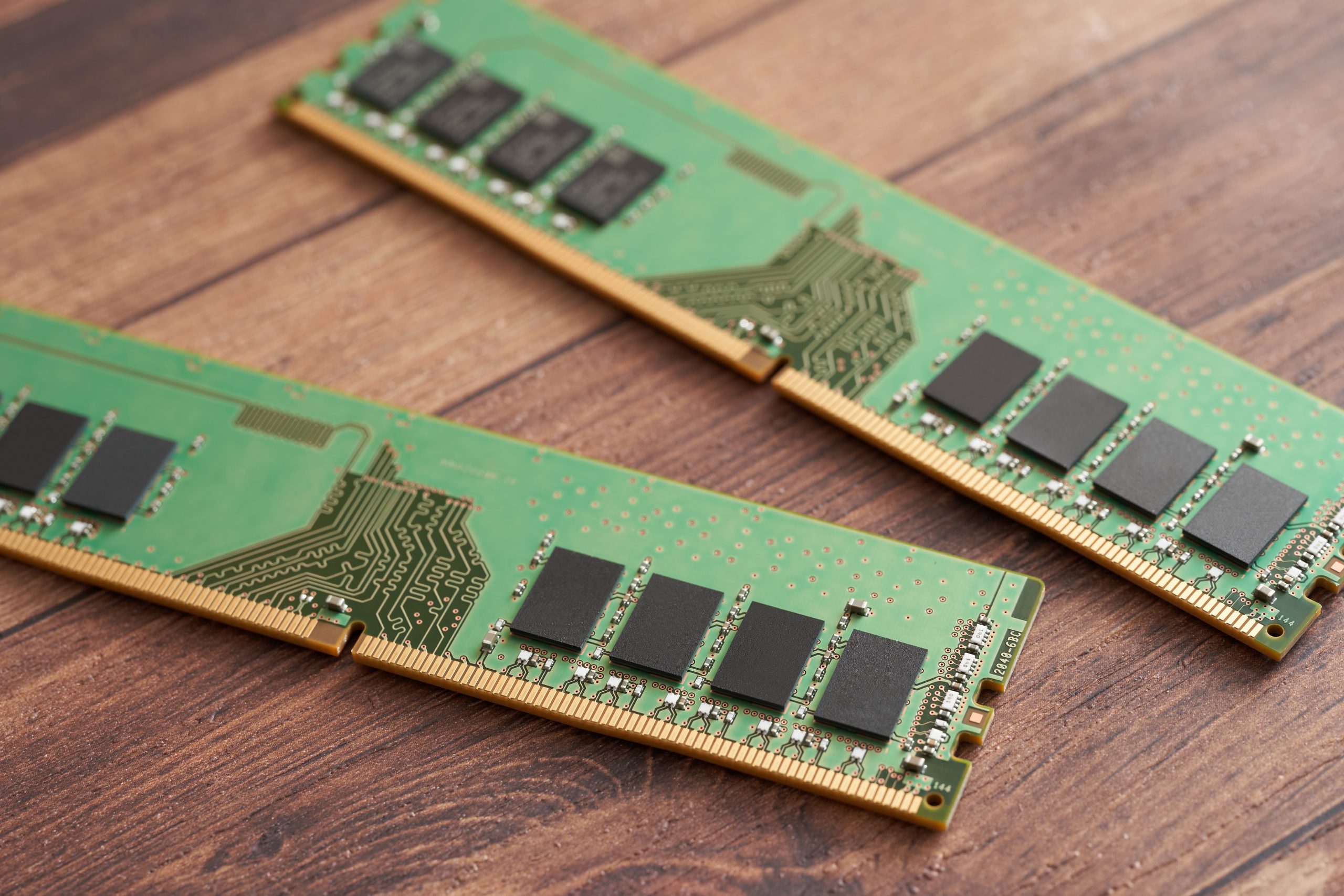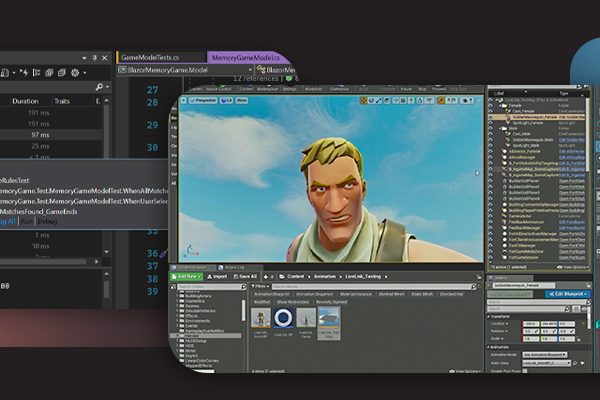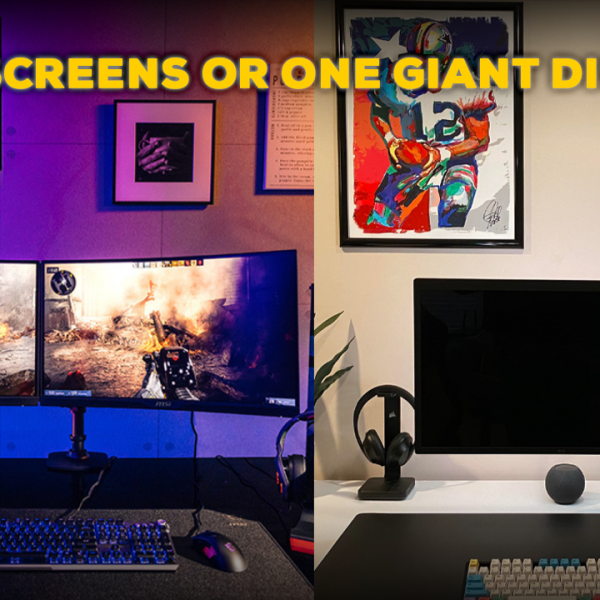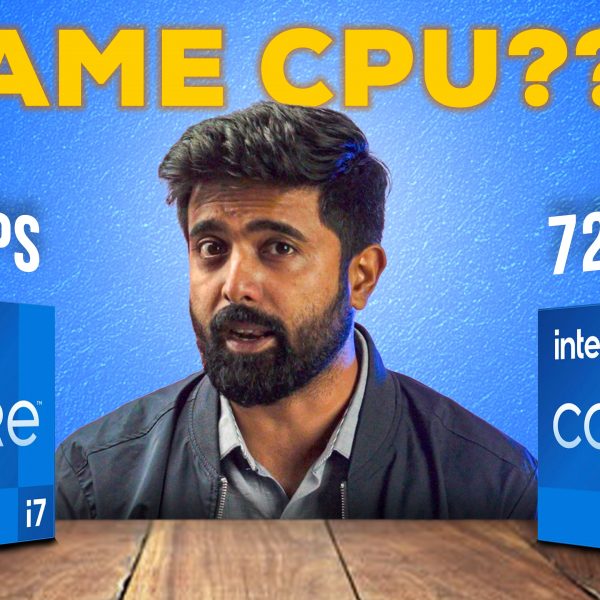RAM prices are rising, and not in the usual way that comes with a new product launch or seasonal supply dips. This time, the trend looks structural.
It ties back to something much larger happening in the industry: the AI supercycle.
The AI Effect
Right now, the entire tech world is building for AI. That means more GPU clusters, more inference servers, and a massive demand for memory. While GPUs handle the processing, it is memory that feeds them. And the kind of memory AI needs is different from what most consumer desktops use.
We are talking about high-bandwidth memory and server-grade DDR with ECC support. These are not optional anymore in enterprise AI deployments. As a result, memory manufacturers are shifting production to meet this demand, which leaves fewer resources for standard DDR modules. That imbalance is what’s driving prices up across the board.
What HBM Does Differently
HBM or High Bandwidth Memory is built for performance. Instead of laying memory chips side by side, HBM stacks them vertically. That reduces data travel distance, which improves speed and lowers power draw.
HBM is now standard in top-tier AI accelerators like Nvidia’s H100 and AMD’s MI300. These chips are being deployed at scale across data centers, and demand is still increasing.
To meet that demand, manufacturers are redirecting fab capacity and component supply towards HBM packaging. That reallocation comes at the cost of standard DDR production.
Supply Cannot Keep Up
Building more chip factories is not an easy fix. New fabs take years to plan, build, and validate. Even with companies like Intel and TSMC investing heavily in expansion, none of those facilities are online yet.
In the meantime, production focus stays on the high-margin chips. HBM and server-grade ECC memory bring in more revenue per wafer than consumer DDR, so naturally that is where the priority lies.
DDR5 Is Not Fully Settled
Even after several years on the market, DDR5 is still working through early-generation issues. Stability problems at full slot population and heat management challenges continue to show up, especially on mainstream motherboards.
ECC variants are being used more frequently now, not just in enterprise but also in workstations and AI development rigs. This further limits the supply of regular DDR modules for the average user.
DDR4 is also being gradually phased out, which means fewer options and rising prices for anyone still trying to upgrade an older system.
A Pattern We Have Seen Before
RAM pricing has always followed a predictable pattern. A few companies control the market, and they tend to act in sync. Samsung, Hynix, and Micron are the big three. They were fined in the early 2000s for price fixing. More lawsuits followed in 2016 and during the Covid period. Even now, production cuts seem to happen at the same time across all three, without any clear external reason.
This pattern limits competition and gives these companies significant control over pricing. When demand spikes, as it has with AI, they have no incentive to flood the market and stabilize prices.
What Builders Should Expect
RAM is not the only component affected. Storage is next. AI training infrastructure needs huge volumes of high-speed flash storage, and that is already tightening the SSD market. If your build depends on large capacity drives or faster NVMe modules, pricing pressure will follow a similar path.
This environment makes it harder to wait for a “better time” to upgrade. Prices may not drop anytime soon, and the trend could stretch into 2026 or beyond depending on how the AI wave continues to expand.
How Long Will It Last
There are two opinions we are observing across the net. One says the hype around AI is peaking and a correction will come within a year. The other sees AI as a long-term transformation, with infrastructure demand growing for the next five to ten years.
Either way, RAM pricing is unlikely to return to pre-2025 levels in the near future. The market has shifted. Manufacturers are chasing bigger margins and high-performance applications, not mainstream desktops.
If you are planning a build, it helps to treat memory as a long-term investment rather than a price-sensitive component. We are already adjusting our own configurations and recommendations based on this new pricing reality. So if you want a personalised quote visit our website or give us a call.






